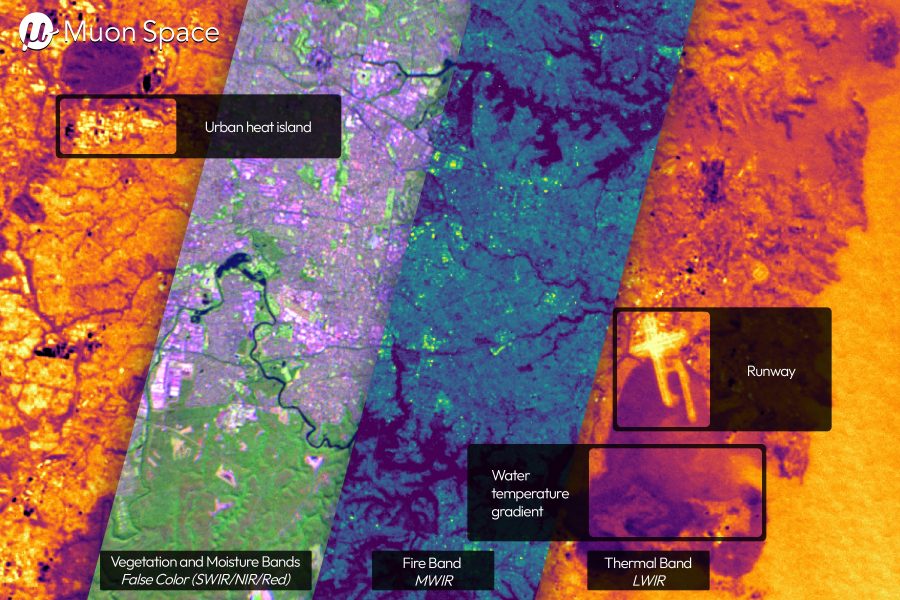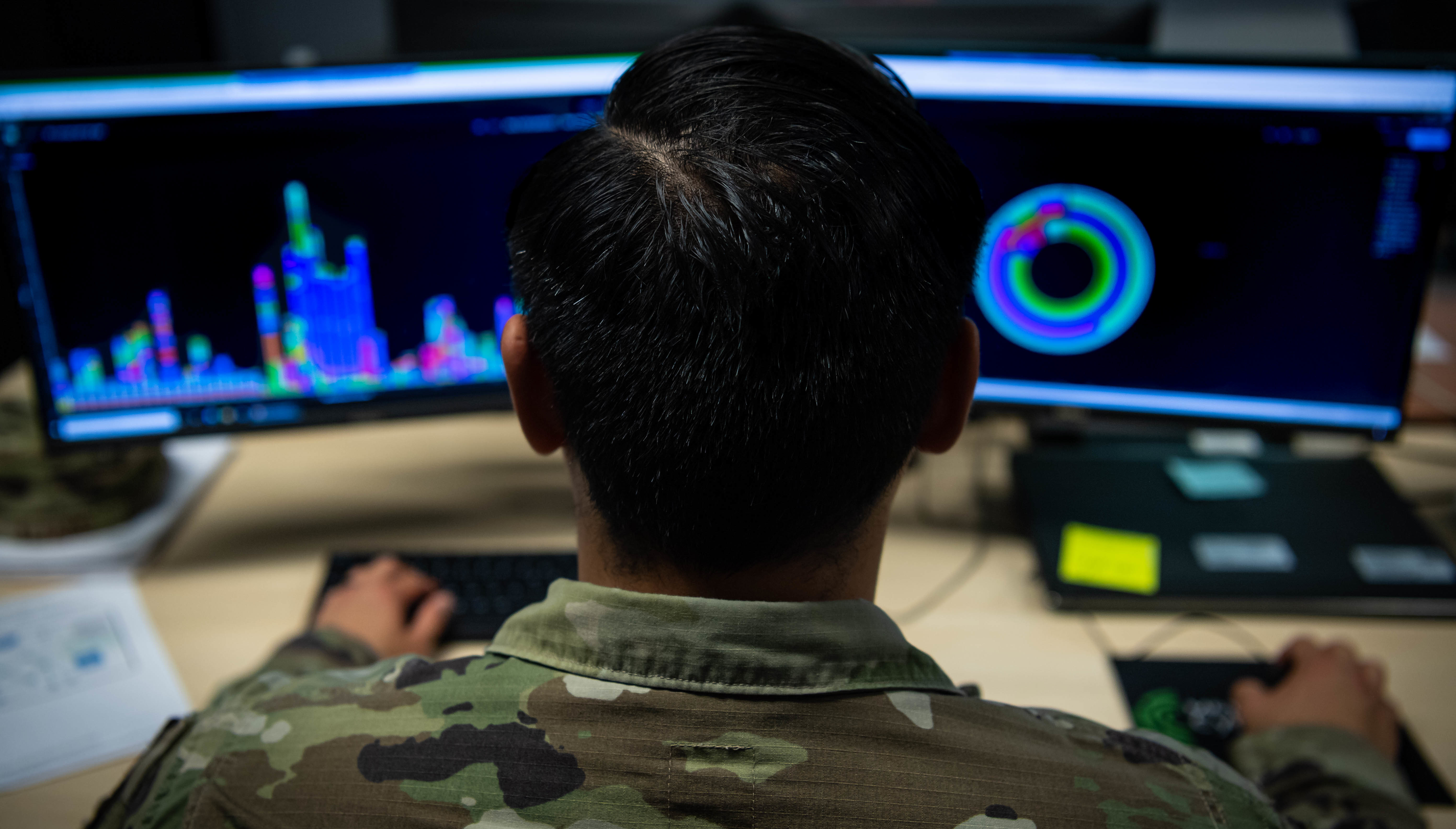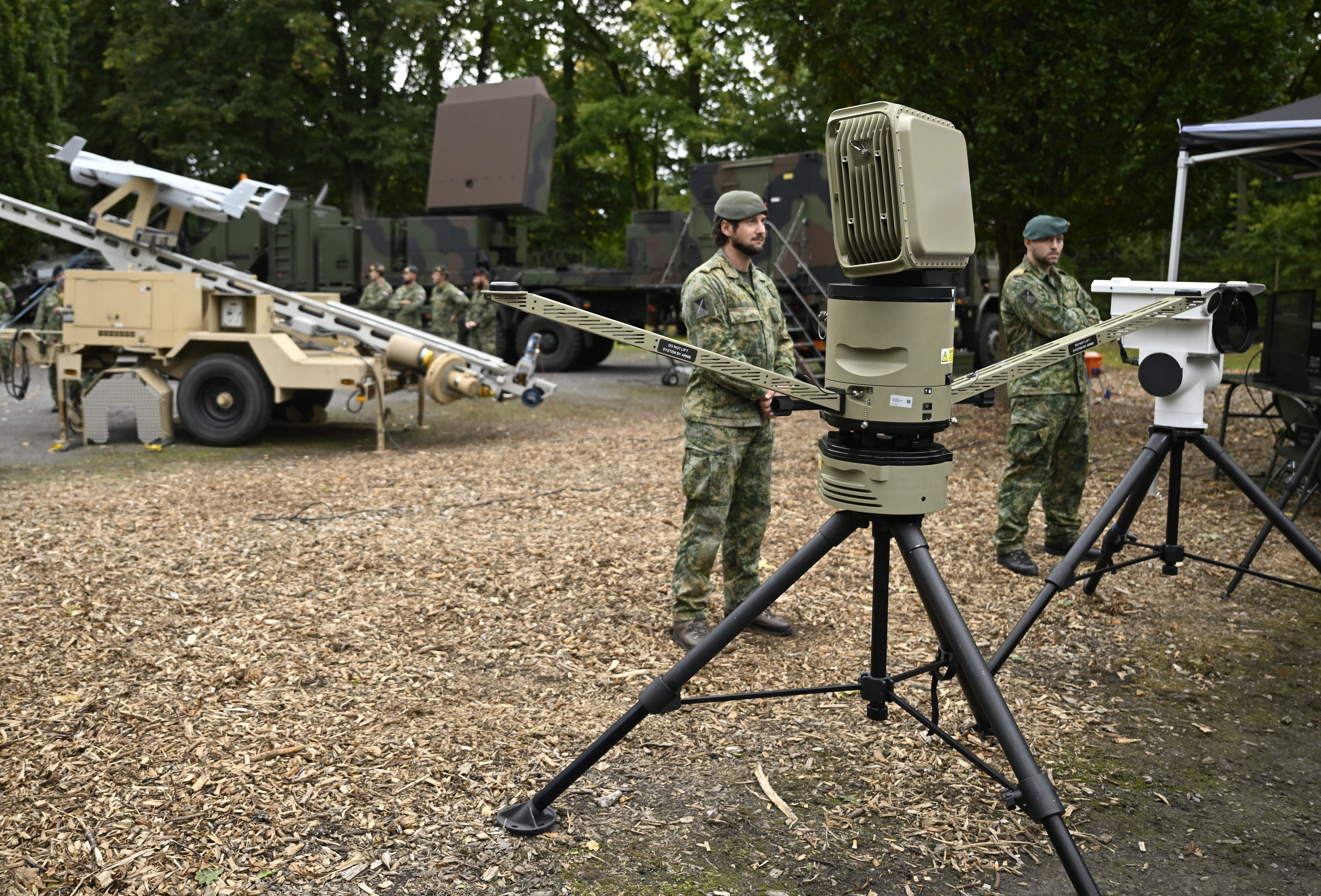
The Space Force’s recent contract to Muon Space to repurpose their commercial weather satellites for military use will inform a broader “data-as-a-service” strategy for its space-based environmental monitoring mission, the service said.
The USSF awarded Muon $44 million to modify its existing multispectral imaging payload, dubbed Quickbeam, to a new military variant, Quickbeam-S. The resultant sensor will use a scanning imager that spans nine spectral channels to support “a range of military missions,” the Space Force said in an Oct. 8 statement.
The satellites will have a three-year design life and will help shape the service’s strategy for a hybrid military-commercial space weather architecture.
“This prototype effort is part of a broader commercial environmental monitoring Data as a Service strategy to demonstrate how commercial weather data could be integrated into existing Government systems to deliver capabilities faster and more efficiently through commercial solutions,” a spokesperson for Space System Command told Air & Space Forces Magazine.
Under the Space Force contract, Muon will deliver three satellites with the Quickbeam-S sensor that the service will use for on-orbit demonstrations. The SSC spokesperson said that the service has not identified a launch date for the spacecraft but will craft a schedule as Muon matures its design.
The work builds on Muon’s plan to field a constellation of wildfire and environmental monitoring satellites called FireSat. The firm launched the first prototype satellite in March and plans to launch three operational spacecraft next year.
The service is in the midst of replacing its current weather constellation, the Defense Meteorological Satellite Program, whose remaining satellites are slated to start running out of fuel next year. The Space Force’s near-term plan to augment those capabilities is to split its weather requirements between two smaller programs—Weather Satellite Follow-on Microwave, or WSF-M, and the Electro-Optical Weather System, EWS.
WSF-M spacecraft, built by BAE Systems, are designed to detect tropical storm intensity and high winds and measure things like snow and soil depth. The service launched the first of these satellites in 2024 and plans to field a second in 2028.
Under EWS, the service is developing electro-optical infrared sensors to provide cloud imagery and forecasts for military mission planners. To date, the service has fielded a cubesat built by Orion Space Systems, and plans to launch two General Atomics satellites. The first is slated to launch this year and the second in 2027.
The longer term strategy is where the service’s commercial experimentation comes in. Last year, the Space Force released its first Commercial Space Strategy, which directed a broad review of opportunities to better integrate off-the-shelf private sector technology into traditional military space missions, including environmental monitoring.
“The USSF seeks environmental monitoring capabilities from the commercial sector to characterize both terrestrial (via space-based sensing) and space environments (via both terrestrial and space-based sensing) to improve the resilience and terrestrial and space environmental monitoring architectures, inform joint warfighter operational planners and decision makers, and improve the resilience of military systems to deliver warfighting effects and avoid operational surprises,” the strategy states.
Brig. Gen. Robert Davis, then-SSC’s program executive officer for space sensing and now deputy director for operations on the Joint Staff, told reporters in April the service is considering how it might use commercial satellites and data to complement the dedicated military satellites that make up its future weather constellation.
“The nations of the world have long collected this data and made it publicly available, sharing amongst nations for mankind’s sake, to predict weather, save lives, all that stuff, right?” Davis said at the time. “And so that’s where we have a world today, where it’s like a public good, made available for free. The business cases for people to get in there and do commercial, it’s a little more of a challenge. That being said, there’s a role, I think, for us to explore.”
The post Space Force Contract to Inform Commercial Weather Strategy appeared first on Air & Space Forces Magazine.

Space, Commercial weather, Defense Meteorological Satellite Program, Muon Space, Space Force
Air & Space Forces Magazine
[crypto-donation-box type=”tabular” show-coin=”all”]






